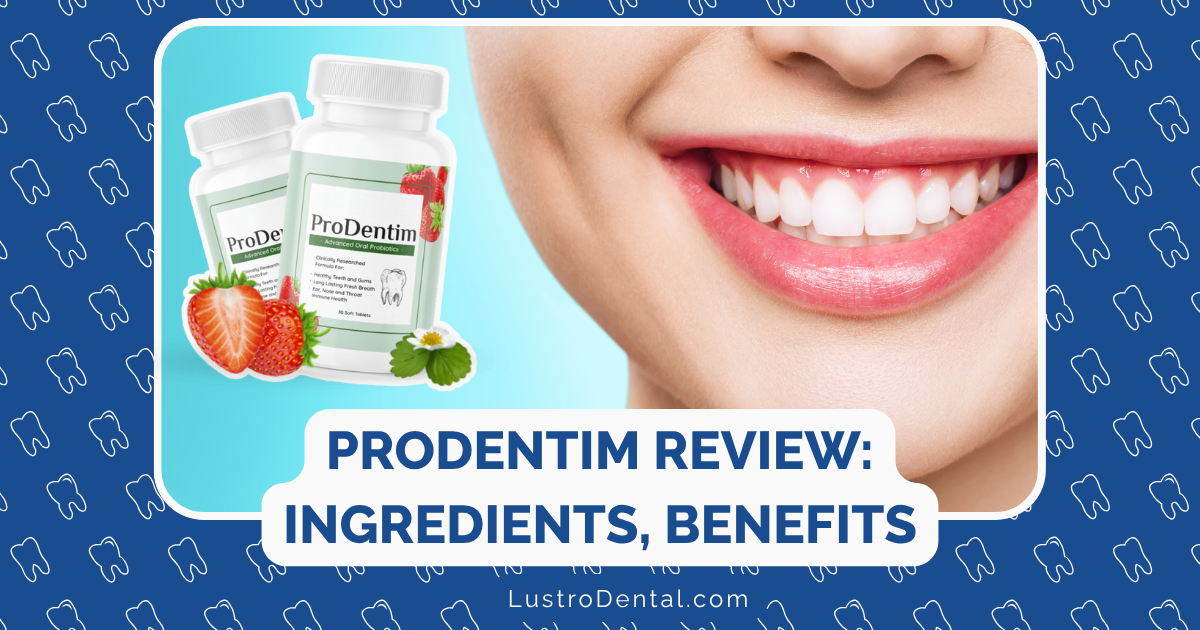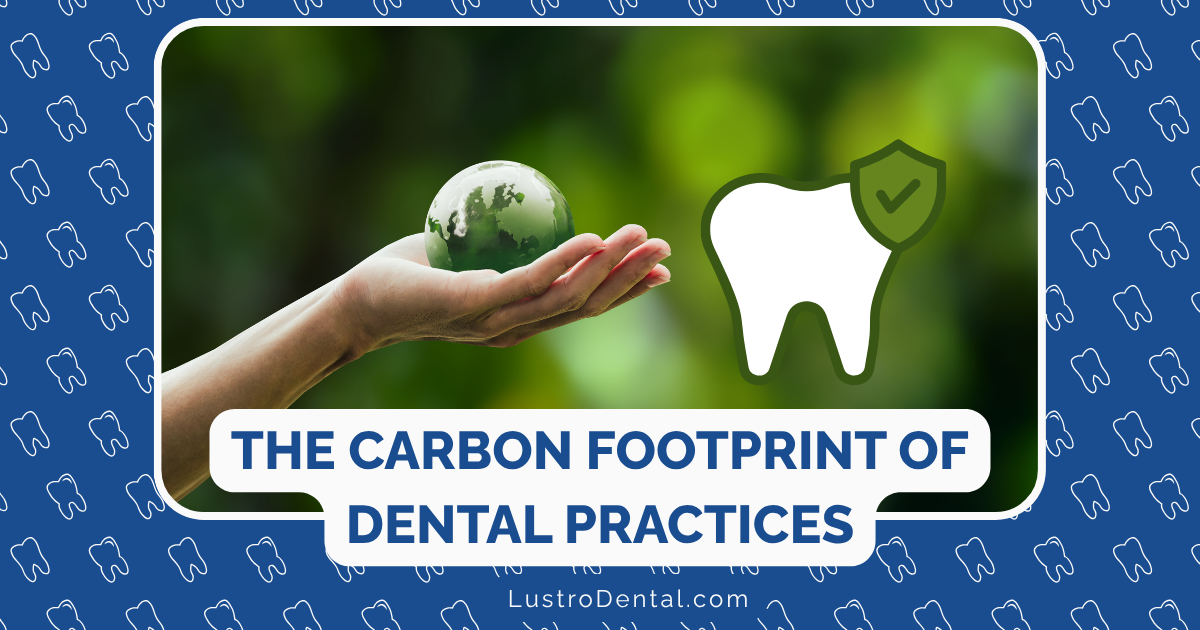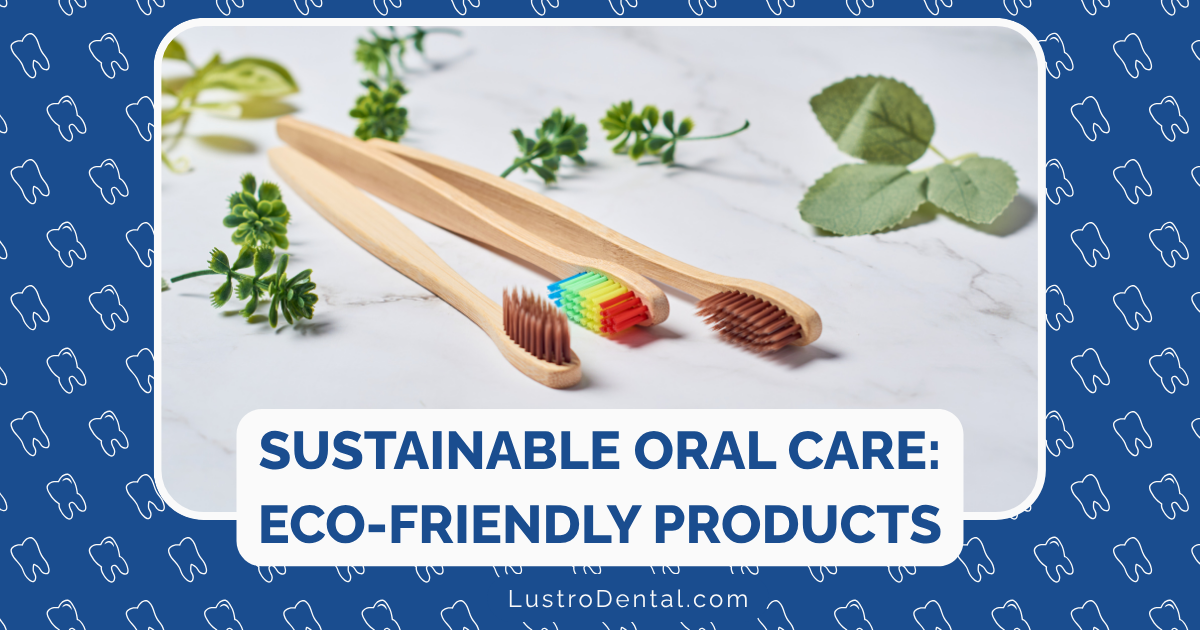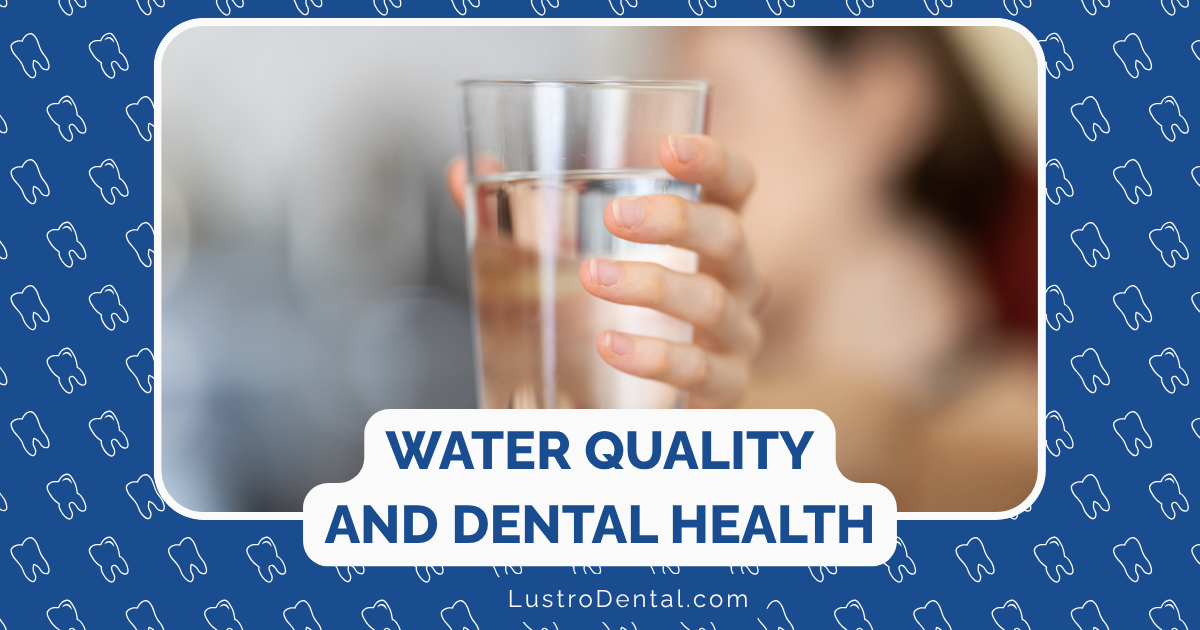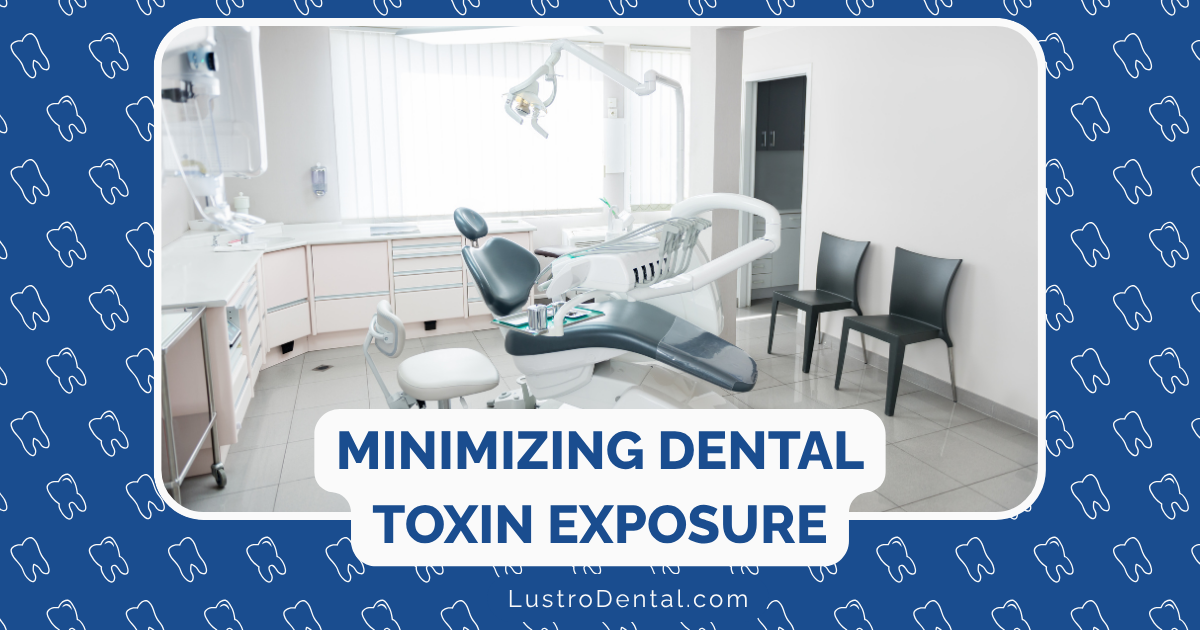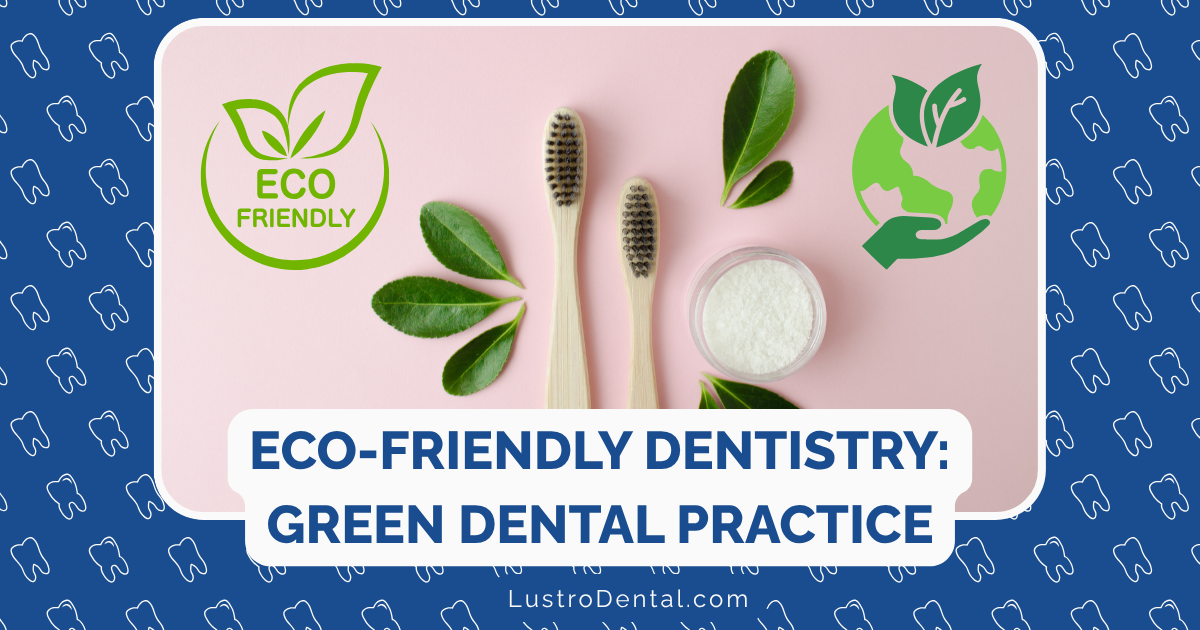Oil Pulling: Ancient Practice or Modern Solution? The Science Explained
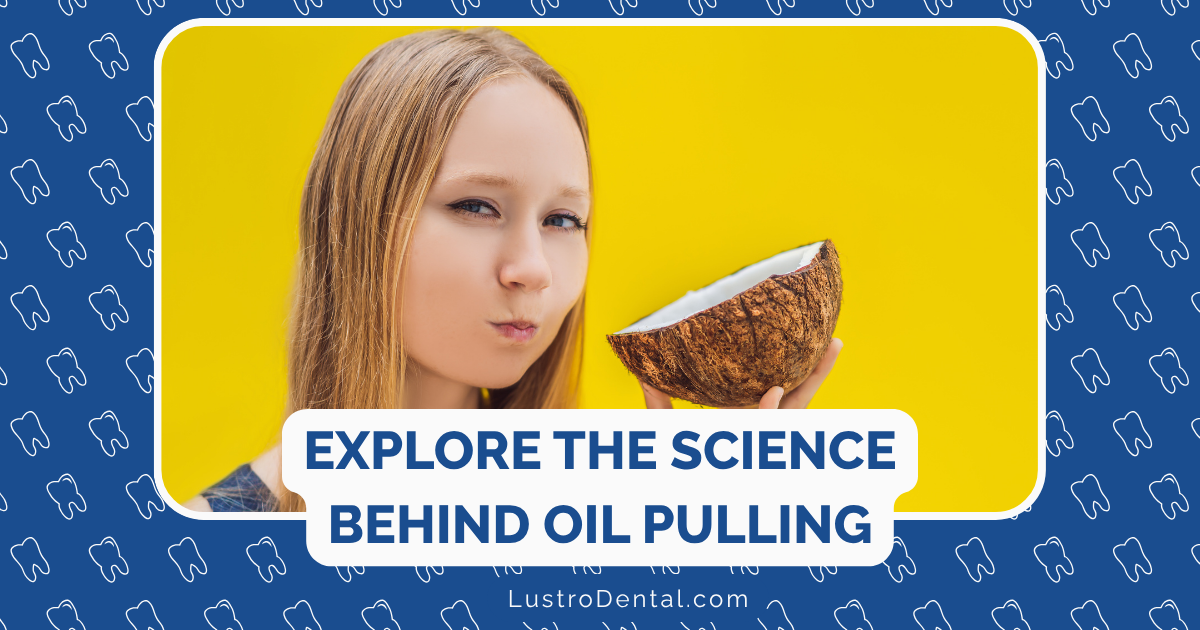
In our quest for natural health solutions, we often find ourselves rediscovering ancient practices that seem to offer benefits our modern approaches sometimes miss. Oil pulling—the practice of swishing oil in your mouth—is one such technique that has experienced a remarkable resurgence in popularity. But is this Ayurvedic tradition truly effective, or is it simply another wellness trend riding the wave of natural health enthusiasm?
As a dental health advocate, I’ve watched with interest as oil pulling has moved from obscurity to mainstream attention. In this comprehensive guide, we’ll explore the historical roots of this practice, examine what modern science tells us about its effectiveness, and help you understand how it might fit into your oral health routine.
The Ancient Origins of Oil Pulling
Oil pulling, known as “Kavala” or “Gandusha” in Ayurvedic medicine, dates back 3,000 to 5,000 years. This traditional Indian folk remedy was originally documented in ancient Ayurvedic texts, including the Charaka Samhita, where it was described as a way to prevent tooth decay, bad breath, bleeding gums, and strengthen teeth and jaws.
The practice was traditionally part of a holistic approach to health that viewed oral hygiene as essential to overall wellbeing. According to Ayurvedic principles, oil pulling was believed to draw out “toxins” from the body and balance the doshas (bodily humors) that govern health.
“In Ayurvedic medicine, the mouth is considered a mirror reflecting the health of the entire body,” explains Dr. Sarah Johnson, who studies traditional healing practices. “Oil pulling was seen not just as oral hygiene but as a detoxification procedure that could influence systemic health.”
Historically, sesame oil was the primary oil used, though coconut and sunflower oils were also employed depending on regional availability and specific health concerns. The practice was typically performed in the morning on an empty stomach as part of a daily cleansing routine.
The Modern Rediscovery
While oil pulling never disappeared in regions where Ayurvedic medicine remained prevalent, it gained renewed global attention in the early 1990s when Dr. F. Karach presented a paper about its benefits at a conference of the All-Ukrainian Association of Oncologists and Bacteriologists. He claimed that oil pulling could help with various conditions beyond oral health, including headaches, diabetes, and asthma.
In recent years, social media and wellness influencers have further amplified interest in oil pulling, often presenting it as a natural alternative to commercial mouthwashes and a solution for everything from teeth whitening to detoxification.
But what does modern science actually tell us about this ancient practice?
The Science Behind Oil Pulling: How It Works
To understand whether oil pulling truly works, we need to examine its proposed mechanisms of action. Several theories have been suggested to explain how swishing oil might benefit oral health:
1. Mechanical Cleaning Action
One of the simplest explanations for oil pulling’s effectiveness is purely mechanical. The viscous nature of oil, combined with the physical action of swishing, may help dislodge and remove bacteria and food particles from areas that might be missed during regular brushing and flossing.
A 2025 randomized-controlled clinical study published in PMC supports this theory. The study found that oil pulling with sesame oil resulted in a median plaque reduction of 18.98% after eight weeks, compared to 10.49% with distilled water. This suggests that the oil’s physical properties play a significant role in its effectiveness.
2. Saponification Process
When oils are vigorously swished in the mouth, they mix with saliva and undergo a process called saponification (soap-making). This reaction occurs as the alkaline components in saliva break down the fat molecules in the oil, creating a soap-like substance.
“The saponification process increases the surface area of the oil, enhancing its cleansing ability,” explains Dr. Michael Chen, a researcher studying traditional oral hygiene practices. “This soap-like emulsion can bind to bacteria and other debris, making them easier to spit out.”
3. Lipophilic Effect
Bacteria cell membranes are primarily composed of lipids (fats). The theory suggests that when you swish with oil, these bacterial lipids are attracted to the oil (like dissolves like), potentially pulling bacteria away from the tooth surface and gum line.
4. Antimicrobial Properties of Specific Oils
Different oils used in oil pulling have unique properties that may contribute to their effectiveness:
- Coconut Oil: Contains approximately 50% lauric acid, which has been shown to have antimicrobial and anti-inflammatory properties. When metabolized, lauric acid forms monolaurin, which can disrupt bacterial cell walls.
- Sesame Oil: Rich in antioxidants like sesamin, sesamolin, and sesaminol, which may help reduce oxidative damage and inflammation in the oral cavity.
- Sunflower Oil: Contains linoleic acid, which has been studied for its potential anti-inflammatory effects.
A systematic review published in Science Direct found that oil pulling with coconut oil specifically led to significant reductions in salivary bacterial colony counts and plaque index scores.
What the Research Shows: Evidence for Benefits
While anecdotal reports about oil pulling abound, what does the scientific literature actually tell us? Here’s a summary of the current research findings:
Reduction in Oral Bacteria
Several studies have demonstrated that oil pulling can reduce the overall bacterial load in the mouth:
- A meta-analysis published in PMC found a significant reduction in salivary bacterial colony counts in oil pulling groups compared to controls (mean difference: 17.55, 95% CI 2.56, 32.55).
- Research has shown particular effectiveness against Streptococcus mutans, a primary bacterium involved in tooth decay. A 40-day oil pulling regimen resulted in an average 20% reduction in microbial count in the oral cavity.
Plaque and Gingivitis Reduction
Evidence regarding plaque and gingivitis is more mixed:
- Some studies have shown significant reductions in plaque-induced gingivitis, with decreases in gingival index scores by 52-60%.
- The 2025 study mentioned earlier found that sesame oil pulling resulted in significantly greater plaque reduction compared to distilled water, particularly on approximal surfaces.
- However, the meta-analysis from PMC found no statistically significant difference in plaque index and gingival index scores between oil pulling and control groups.
Bad Breath (Halitosis) Improvement
Several studies suggest oil pulling may be effective against bad breath:
- Research has found oil pulling to be as effective as chlorhexidine mouthwash in reducing halitosis, without the associated side effects like staining or altered taste sensation.
- The mechanism may involve both the removal of odor-causing bacteria and the neutralization of volatile sulfur compounds that contribute to bad breath.
Potential Systemic Benefits
While often claimed, evidence for systemic health benefits remains limited:
- Some proponents suggest oil pulling may help with conditions ranging from migraines to diabetes, but high-quality clinical trials supporting these claims are largely absent.
- The potential connection between oral health and systemic conditions is well-established, so improvements in oral health could theoretically have broader health impacts, but direct causation has not been demonstrated.
Comparing Different Oils: Which Works Best?
The choice of oil can significantly impact the effectiveness of oil pulling. Here’s how the most commonly used oils compare:
Coconut Oil
Benefits: Contains lauric acid with antimicrobial properties; pleasant taste; solid at room temperature (melts in the mouth).
Research Findings: A systematic review found that coconut oil pulling led to significant reductions in plaque index and bacterial counts. In vitro studies have demonstrated its efficacy against Streptococcus mutans and Candida albicans.
Sesame Oil
Benefits: Traditional choice in Ayurveda; rich in antioxidants; thinner consistency that may reach between teeth more easily.
Research Findings: The 2025 randomized controlled trial showed significant plaque reduction with sesame oil compared to distilled water. Studies have also shown effectiveness against gingivitis.
Other Oils
Sunflower Oil: Less researched but contains beneficial fatty acids. Olive Oil: Contains anti-inflammatory compounds but has a stronger taste that some find unpleasant. Arimedadi Oil: A traditional Ayurvedic formulation with multiple herbs, though less commonly available and studied.
“While all edible oils may offer some benefit through the mechanical action of swishing, the unique chemical compositions of coconut and sesame oils appear to provide additional advantages,” notes Dr. Lisa Williams, a dentist who has researched traditional oral hygiene methods.
How to Practice Oil Pulling Correctly
If you’re interested in trying oil pulling, proper technique is essential for both safety and effectiveness:
Step-by-Step Guide
- Choose your oil: Coconut or sesame oil are the most researched options. For coconut oil, you may need to let it melt in your mouth if it’s solid at room temperature.
- Measure properly: Use about one tablespoon (15ml) of oil. Using too much can make the process uncomfortable.
- Timing matters: Traditional practice recommends oil pulling first thing in the morning on an empty stomach, though it can be done at other times.
- Swish gently: Pull the oil through your teeth and around your mouth gently. Aggressive swishing isn’t necessary and may cause jaw fatigue.
- Duration: Aim for 15-20 minutes. This may seem long, but the oil should become thinner and milky as you continue. If you’re new to oil pulling, start with 5 minutes and gradually increase.
- Spit carefully: When finished, spit the oil into a trash can, not the sink (it can clog pipes as it solidifies). The oil should appear white and frothy.
- Rinse thoroughly: Rinse your mouth with warm water, then brush your teeth as normal.
Common Mistakes to Avoid
- Swallowing the oil: The oil contains bacteria and potential toxins, so it should never be swallowed.
- Using too much oil: This can cause jaw fatigue and make the experience unpleasant.
- Replacing regular dental hygiene: Oil pulling should complement, not replace, brushing and flossing.
- Expecting immediate results: Consistency is key; benefits typically develop over weeks of regular practice.
Oil Pulling vs. Modern Dental Care: Complementary Approaches
One of the most important questions is how oil pulling fits into a modern oral hygiene routine. Should it replace conventional practices or complement them?
The scientific consensus is clear: oil pulling should be viewed as a complementary practice rather than a replacement for proven dental hygiene methods.
“Oil pulling can be a valuable addition to your oral care routine, but it doesn’t replace the need for brushing, flossing, and regular dental check-ups,” emphasizes Dr. Robert Johnson, a dentist who integrates traditional practices with modern care. “Think of it as supplementary, not substitutionary.”
The American Dental Association (ADA) does not currently recommend oil pulling as a dental hygiene practice due to insufficient scientific evidence. They continue to advocate for brushing twice daily with fluoride toothpaste, daily flossing, and regular dental visits as the foundation of oral health.
However, for those interested in integrating traditional practices into their routine, oil pulling can serve as an additional step that may offer benefits beyond conventional care, particularly in terms of reducing bacterial load and addressing halitosis.
Limitations and Considerations
While oil pulling shows promise, it’s important to acknowledge its limitations and consider potential concerns:
Time Commitment
The recommended 15-20 minutes of daily oil pulling represents a significant time investment compared to the 2 minutes typically recommended for brushing. This may make long-term adherence challenging for many people.
Lack of Standardization
There’s considerable variation in recommended techniques, duration, and frequency across studies, making it difficult to establish definitive best practices.
Potential Side Effects
Though generally considered safe, some reported side effects include:
- Lipoid pneumonia (if accidentally inhaled)
- Upset stomach
- Dry mouth
- Excessive drooling
- Jaw soreness (from prolonged swishing)
Special Populations
Oil pulling is not recommended for:
- Children under 5 (risk of aspiration)
- People with difficulty swallowing
- Those with sensitive gag reflexes
- Individuals with certain allergies to the oils used
The Verdict: Ancient Wisdom Meets Modern Science
So, is oil pulling an ancient practice worth reviving or simply a trend riding the wave of natural health enthusiasm? The answer lies somewhere in between.
The available evidence suggests that oil pulling does offer genuine benefits for oral health, particularly in terms of reducing bacterial load and potentially improving conditions like halitosis and gingivitis. The practice appears to be generally safe when performed correctly and may provide advantages beyond conventional oral hygiene practices.
However, the research also indicates that oil pulling should not replace standard dental care but rather complement it. The most balanced approach is to view oil pulling as one component of a comprehensive oral health strategy that includes regular brushing, flossing, and professional dental care.
“What’s fascinating about oil pulling is that modern science is beginning to validate aspects of this ancient practice,” reflects Dr. Johnson. “It’s a reminder that traditional wisdom sometimes contains insights that our modern approaches can benefit from, even if we now understand the mechanisms differently than our ancestors did.”
For those interested in exploring this ancient practice with a modern understanding, oil pulling offers an accessible, natural addition to oral hygiene routines that bridges traditional wisdom and contemporary science—a reminder that sometimes, looking to the past can help us move forward in our health journeys.
Have you tried oil pulling as part of your oral health routine? What was your experience like? Share your thoughts in the comments below.
This article is for informational purposes only and does not constitute medical or dental advice. Always consult with qualified healthcare professionals regarding your oral health care.


